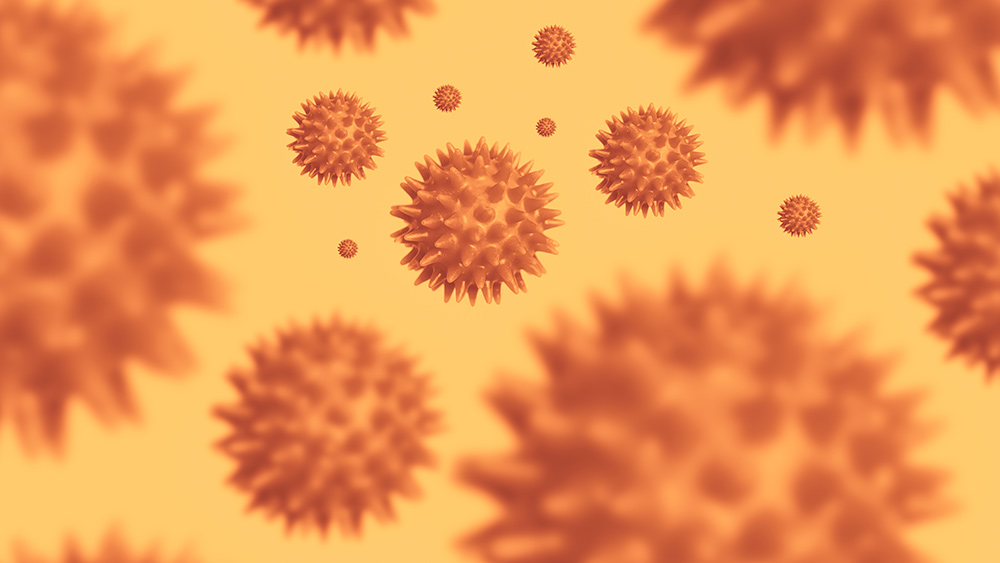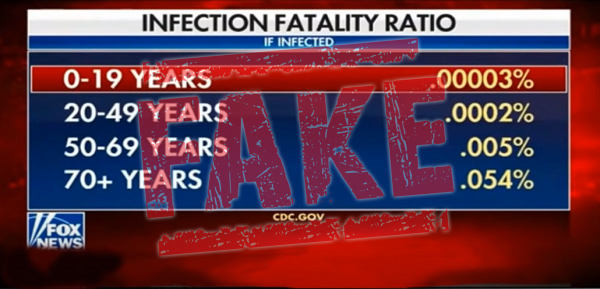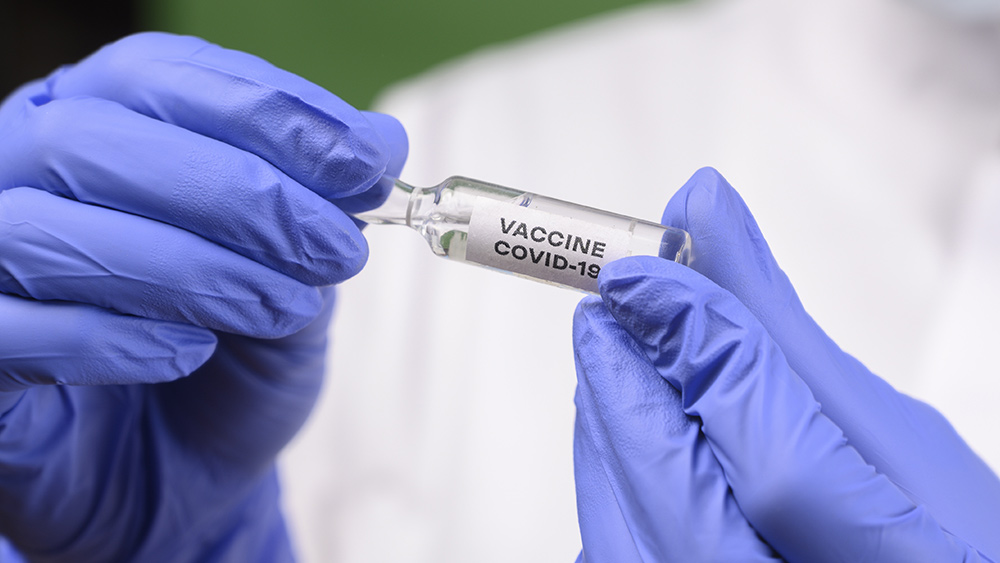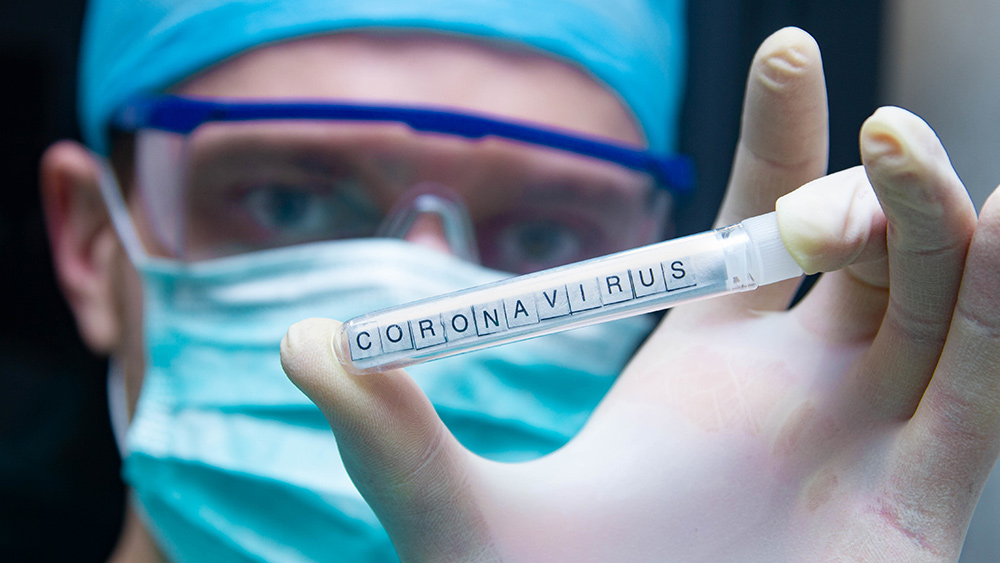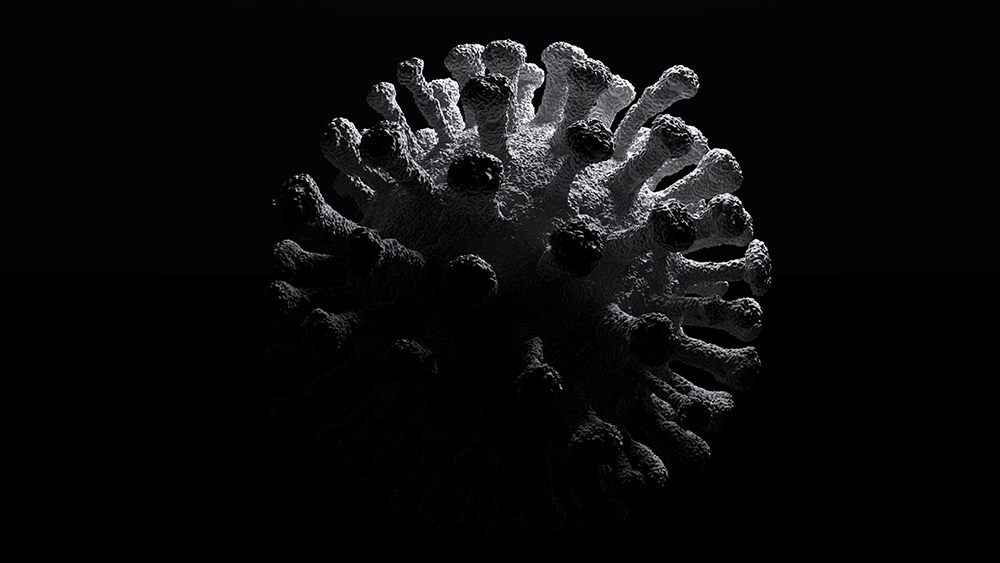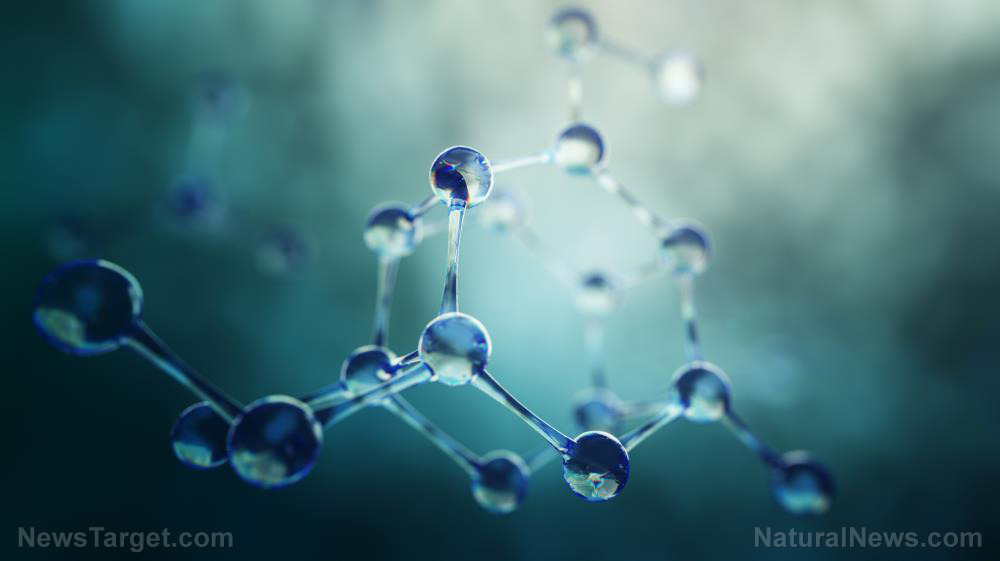Legal doesn’t mean safe: Contaminants in tap water may be linked to more than 100,000 cases of cancer in America
09/29/2020 / By Virgilio Marin

Satisfying water quality standards is not a guarantee that your tap water is safe for drinking.
A recent study published in Heliyon links more than 100,000 future cancer cases in the U.S. to chemical pollutants in thousands of community water systems. The concentration of these pollutants in water systems is in the range considered legal, according to researchers from the Environmental Working Group (EWG), a non-profit research and advocacy organization based in Washington.
“The vast majority of community water systems meet legal standards,” said co-author Olga Naidenko, EWG’s vice president for science investigations. “Yet the latest research shows that contaminants present in the water at those concentrations – perfectly legal – can still harm human health.”
Toxic cocktail of pollutants pose cancer risk
The researchers used a novel analytical framework to calculate the combined health impact of 22 carcinogens in more than 48,000 community water systems, which supply water to 270 million Americans. The framework allowed the researchers to assess the health hazards of tap water pollutants as a whole, instead of in isolation. Government agencies employ the latter approach in their investigations, said lead author Sydney Evans, a science analyst at EWG. She added that assessing pollutants one by one is not ideal because, in the real world, people are exposed to a combination of chemicals.
“[It] is important that we start to assess health impacts by looking at the combined effects of multiple pollutants,” added Evans.
The researchers used benchmark contaminant concentrations established by health agencies, such as the Environmental Protection Agency (EPA) and the California Office of Environmental Health Hazard Assessment. These benchmarks indicate the level of contaminants in the water that is expected to cause one case of cancer over the lifetimes of a million people. The team combined these benchmarks with real-world data on the amounts of contaminants in the water systems.
They found that the contaminants pose a high cancer risk to people drinking tap water. This effect was mainly due to arsenic, disinfection byproducts and radioactive elements, such as uranium and radium. Water systems that posed the highest cancer risk tend to serve smaller communities and rely on groundwater. Meanwhile, large surface water systems contribute a significant share of the overall cancer risk effect because they cater to bigger populations and are routinely exposed to disinfection byproducts. (Related: What’s really in your tap water? (The answers might surprise you).)
Imposing stricter water safety regulations
The team said that these findings serve as a reminder for policymakers to impose stricter standards on water systems. The EPA has set the legal limits on over 90 contaminants in tap water, including those examined in the study. However, these limits can be insufficient to protect the public from the harmful effects of the contaminants, suggested the researchers.
Gerald J. Kauffman, the project director of the Water Resources Center at the University of Delaware, believes that current safety regulations need to be overhauled. He bemoaned that the stance picked up by U.S. agencies, which is “innocent until proven guilty,” pales in comparison to the precautionary approach taken by other countries in regulating water contaminants. Such an approach requires enforcing safety measures while scientists are still carrying out research.
“When in doubt [about the health risks], if there is a substance that’s in our drinking water supply, it ought to be monitored for,” said Kauffman, who was not part of the study.
In the meantime, Americans can look at the study as a reminder that although their tap water made it through legal safety nets, it does not mean it’s safe for drinking. Those concerned about chemicals in their tap water can install a water filter. There are available water filters in the market that can be mounted in the faucet, under the sink or even in the whole house.
TapWater.news has more on the diseases you can contract from drinking tap water.
Sources include:
Tagged Under: arsenic, cancer, carcinogen, chemicals, community water system, disinfectant byproducts, drinking water, radioactive elements, tap water, Toxic, water contaminants, water health, water safety regulation






